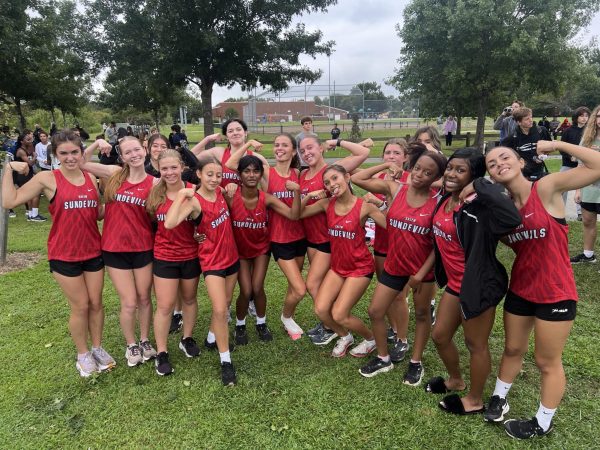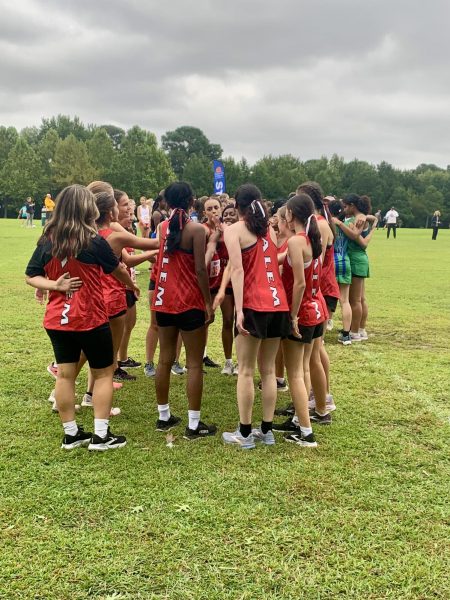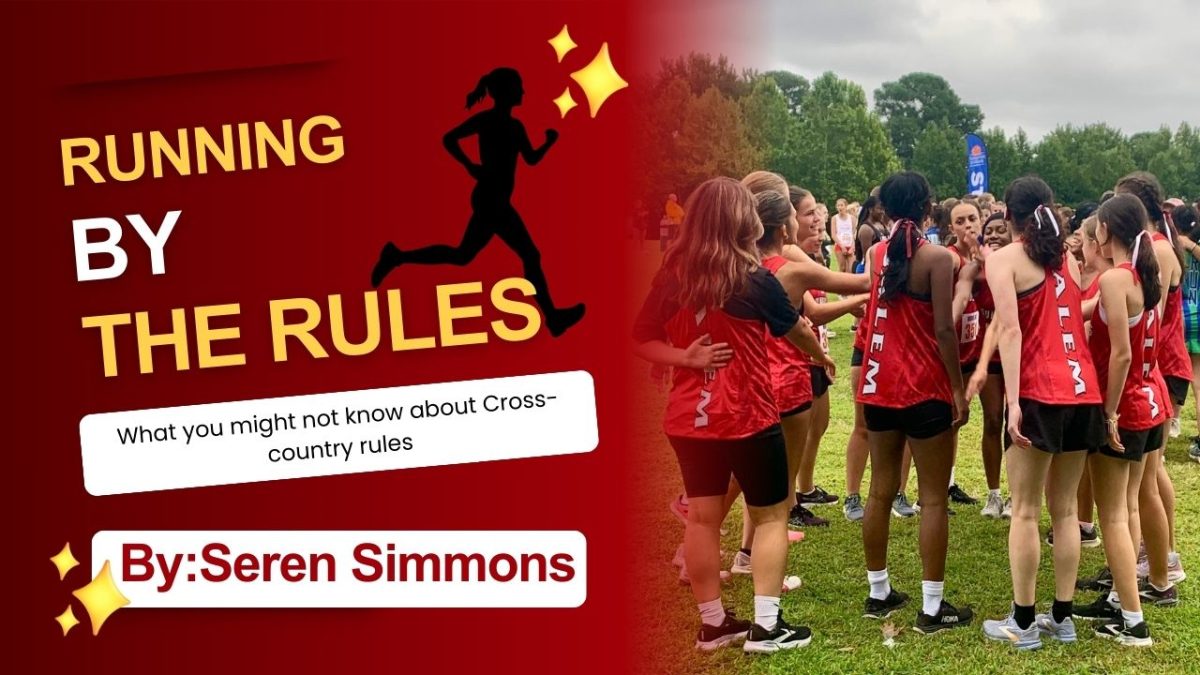Cross-country is often thought to be a straightforward sport: run to the finish line. However, what is not widely known is that there are a lot of rules at races to prevent what the Beach District deems as cheating, hazing, or a safety hazard.
“I had recently found out, actually, that you can get immediately disqualified if you help another teammate,” said Girl’s Cross-country Captain Adyson Jordan. “Which at first makes sense, but even such contact during the race as a high five or stopping to help leads to immediate disqualification.”
While this rule may seem over the top, it has its reasons for existing. This specific rule is in the NFHS Manual for illegal assistance or aiding a runner, which can be seen as cheating.

“I think the rules make sense for the most part,” said Girl’s Cross-country Coach Mark McGee. “For a long time, runners were not allowed to wear any jewelry [except watches] and we had to check runners before every race, but that rule has changed and I think it’s for the better.”
The rule of no jewelry was meant to be a safety precaution similar to other sports like soccer that also have a jewelry ban. The main safety hazard is athletes tugging at your jewelry, but since there is a no-contact rule, this was deemed unnecessary.
“The National Federation of State High School Association (NFHS) determined that wearing jewelry did not present a significant risk of injury to competitors,” said Boys’ Cross-country Coach John Murray. “This allowed officials to focus on other aspects of meet administration instead of policing jewelry that athletes were wearing.”
Rules are a constant and ever-evolving thing in most sports, and that includes Cross-country.

“A few years ago, the Beach District did implement the first race of the season as a 2 miler instead of our typical 5K distance, ” said Coach Murray. “This was due to the heat in August and the inexperience of the new runners. The thought was to have the first race a little short so people could acclimate and work up to the 5K distance.”
To play any sport, including Cross-country, athletes should know the rules. A resource for further information is the NFHS Manual.













